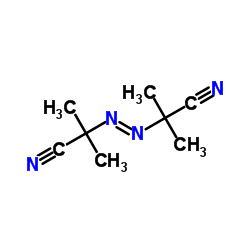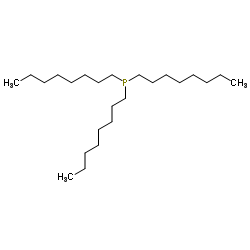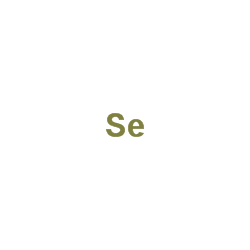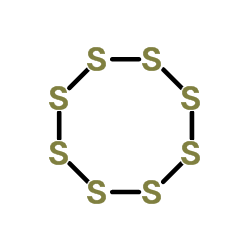| Structure | Name/CAS No. | Articles |
|---|---|---|
 |
2,2'-Azobis(2-methylpropionitrile)
CAS:78-67-1 |
|
 |
Trioctylphosphine
CAS:4731-53-7 |
|
 |
Selenium
CAS:7782-49-2 |
|
 |
Cadmium oxide
CAS:1306-19-0 |
|
 |
Sulfur
CAS:7704-34-9 |
|
 |
OCTADECYLPHOSPHONIC ACID
CAS:4724-47-4 |
|
 |
N-HEXYLPHOSPHONIC ACID
CAS:4721-24-8 |